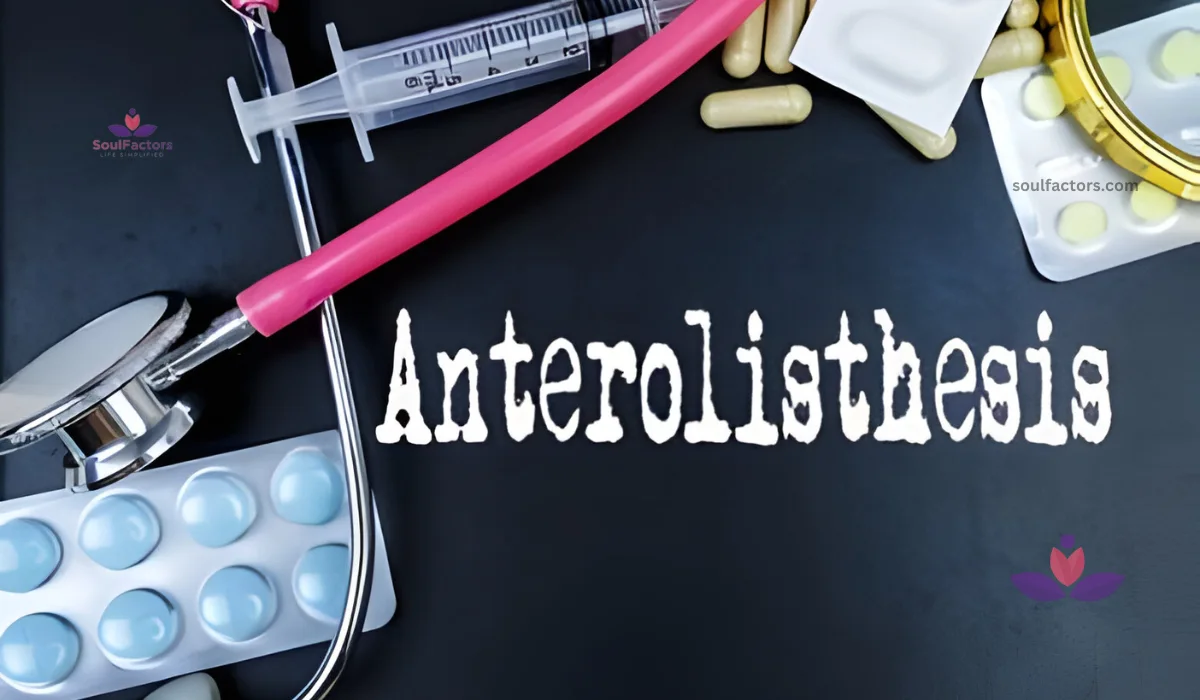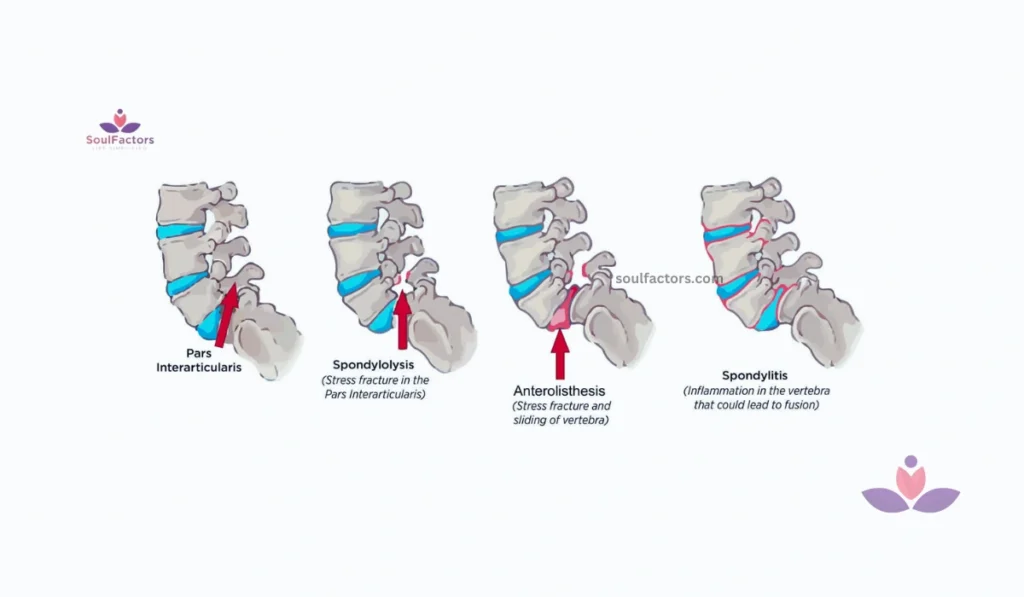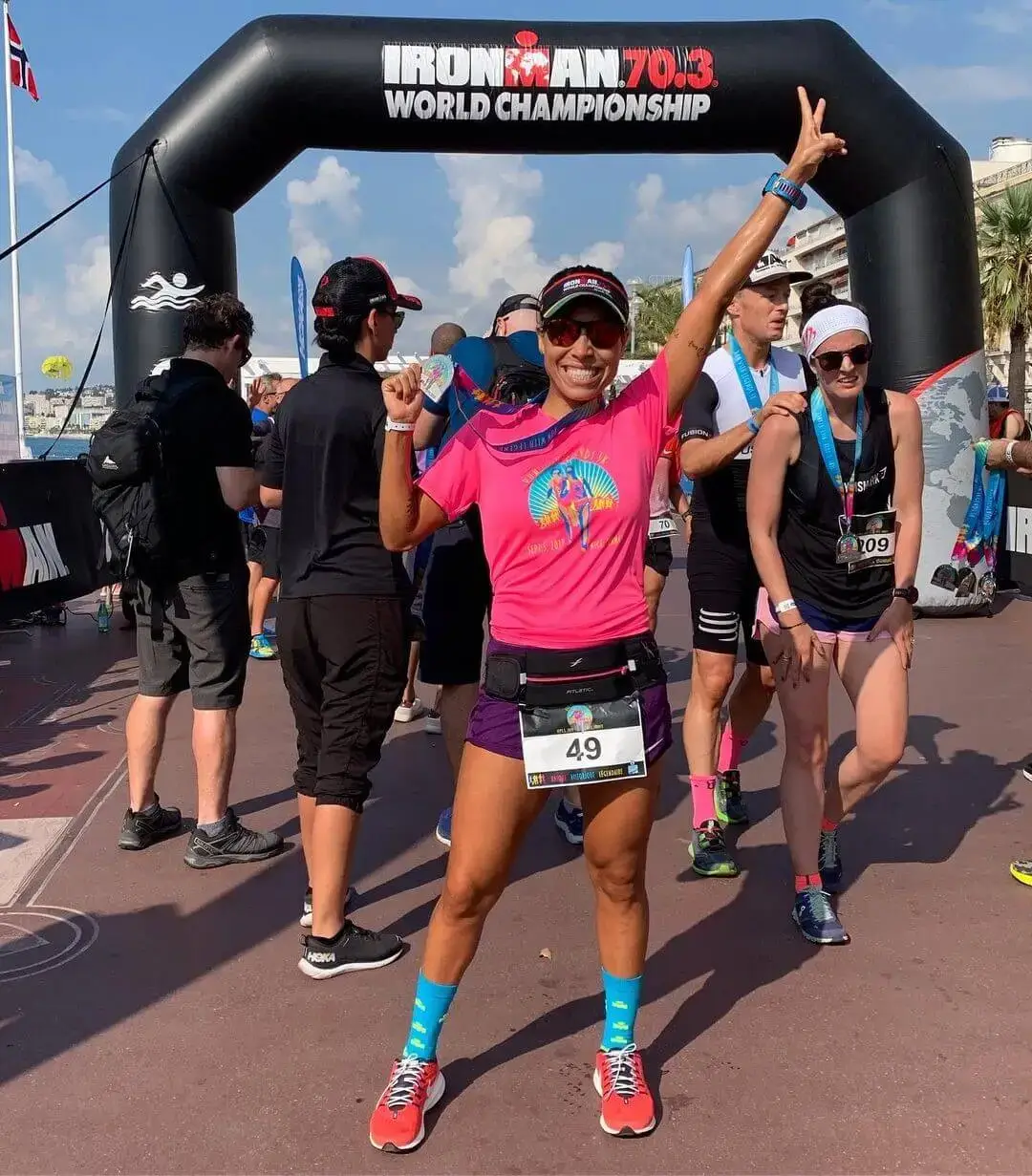Anterolisthesis: All You Need To Know
Anterolisthesis is a type of spondylolisthesis and the extent of vertebral slippage can vary greatly.
On Mar 21, 2024 – 5 minutes read

What is anterolisthesis? Anterolisthesis refers to the forward slippage of one spinal vertebra compared to the vertebra below it. It is a specific form of spondylolisthesis, which is the general term for slippage of one vertebra on top of another. Anterolisthesis specifically refers to the forward slippage of a vertebra in the spine.
The amount of slippage is graded on a scale from 1 to 4. Grade 1 is mild (20% or less slippage), while grade 4 is severe (greater than 75% slippage). In anterolisthesis, most slips occur at the L4-L5 level (the lumbar vertebrae between your lower back and pelvis). However, slips can occur at multiple levels or at higher vertebrae in the spine.
There are many causes including trauma, genetics, and degenerative disc disease. Understanding the underlying reason for the slip is important for determining proper treatment. Keep reading to learn more about this condition.
What is anterolisthesis? symptoms, causes, and treatments
What is anterolisthesis? Anterolisthesis refers to the forward slippage of one vertebral body over the one below it. It specifically involves the anterior body of the vertebra and most commonly occurs in the lumbar spine at the L4-L5 level.
The amount of slippage determines the grade, which guides treatment approaches. Grades 1 and 2 indicate mild to moderate slips of less than 50%. Grades 3 and 4 denote severe anterolisthesis with over 50% vertebral slippage. Seeking early treatment even for mild slips can stop progression and nerve damage. From physical therapy to stabilize symptomatic mild cases, to spinal fusion surgery for severe slips, various treatment options exist depending on the grade and cause. Catching anterolisthesis early is key before significant neurological deficits occur.
What is the difference between anterolisthesis and spondylolisthesis?

While the terms sound quite similar, there is an important distinction. Spondylolisthesis refers broadly to the forward or backward slippage of one vertebra compared to the vertebra below it. It comes from the Greek words “spondylo” meaning vertebra, and “listhesis” meaning to slip or slide. The slip can be in an anterior, posterior, lateral, medial, degenerative, or traumatic direction. Anterolisthesis falls under the umbrella of spondylolisthesis. The main difference is that anterolisthesis refers only to an anterior or forward slippage. Spondylolisthesis can refer to slips in other directions as well.
The direction of slip is important for several reasons in terms of symptoms, treatment approach, and rates of progression. Specialists can determine the specific type of vertebral slippage based on a patient’s imaging studies and clinical exam. Knowing the type guides proper management.
Symptoms of Anterolisthesis
Mild cases of anterolisthesis may not cause any symptoms. As the slippage worsens, various symptoms can occur:
- Back pain – localized low back pain or a dull ache is common
- Tight hamstrings – can put extra stress on the lumbar vertebrae
- Radiating pain – may spread into the buttocks or thighs
- Weakness – in the legs, trouble standing on the toes
- Numbness or tingling – in the legs, feet or buttocks
- Impaired bowel or bladder function – associated with severe nerve compression
What is the cause of anterolisthesis?
There are several types which stem from different causes
- Degenerative – wear and tear on the vertebrae and discs that occurs with aging
- Isthmic – a defect in the pars interarticularis of the vertebral arch causing a slip
- This defect can be due to a stress fracture or spondylolysis (a crack or defect in the vertebral arch)
- Pathologic – a bony defect caused by osteoporosis or tumor
- Traumatic – a fracture in the vertebral body due to trauma or injury
The amount of slippage determines the grade of anterolisthesis:
- Grade 1 – 20% or less vertebral slippage
- Grade 2 – 20-50% slippage
- Grade 3 – 50-75% slippage
- Grade 4 – Greater than 75% slippage
- Grades 3 and 4 are considered severe
Slippage greater than 50% can markedly compress nerve roots and requires treatment.
What Is The Best Treatment for Anterolisthesis?
The best treatments depend on the grade and severity of nerve compression. Other determining factors include age, symptoms, and underlying causes. Some options include:
- Physical Therapy – gaining core strength can relieve symptoms in mild cases
- Epidural Steroid Injections – inject anti-inflammatory medicine to relieve nerve irritation
- NSAIDs – non-steroidal anti-inflammatory medications to alleviate pain and inflammation
- Lumbar Brace – worn to provide extra support and limit mobility
- Spinal Fusion – fuses unstable vertebrae for stabilization in moderate to severe slips
Common surgical options include:
- PLIF – Posterior Lumbar Interbody Fusion
- TLIF – Transforaminal Lumbar Interbody Fusion
- XLIF – Extreme Lateral Interbody Fusion
What are the symptoms of Anterolisthesis l4 L5?
The L4-L5 disc is highly susceptible to anterolisthesis due to supporting the most weight and movement. Forward slips at this level compress the L5 nerve roots causing:
- Sciatica – Shooting nerve pain into the buttocks, legs, and feet
- Low Back Pain – Ranging from a dull ache to sharp stabbing pain
- Weakness – Trouble lifting the front of the foot or standing on toes
- Numbness in legs, feet, or buttocks
- Balance Problems
These symptoms typically start gradually but can progress with time. Seeking early treatment is key to halting the worsening of nerve compression
Conclusion
In conclusion, What is anterolisthesis? Anterolisthesis refers specifically to the forward slippage of one vertebra over another in the spine. It falls under the broader category of spondylolisthesis which refers to vertebral slippage in any direction. The amount of slippage determines the grade of anterolisthesis. Mild cases may not cause symptoms while severe slips can markedly compress nerve roots leading to radiating pain, numbness/tingling, and weakness.
There are several causes ranging from degenerative changes, genetic defects, trauma, or osteoporosis. Understanding the underlying cause guides proper treatment which may involve physical therapy, anti-inflammatory medications, bracing, or even spinal fusion surgery in advanced cases. Seeking early treatment for nerve compression is crucial before permanent damage occurs.
Without treatment, symptoms can progress leading to impaired mobility, loss of bowel/bladder function, and severely diminished quality of life. If experiencing concerning symptoms such as shooting leg pain, tingling/numbness, or balance issues, do not delay in seeing a spine specialist for proper diagnosis and management. Catching anterolisthesis early on can halt its progression and prevent unnecessary suffering down the road. What type of slippage do I have and how severe is it? Getting answers to these questions is the first step to regaining comfort and function.

Subscribe to Newsletter
Elevate your routine, stay on trend, and embrace a personalized beauty journey with our curated insights.





Write a Comment